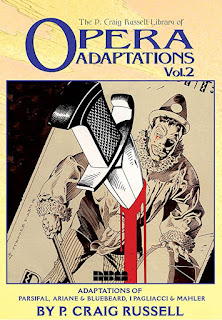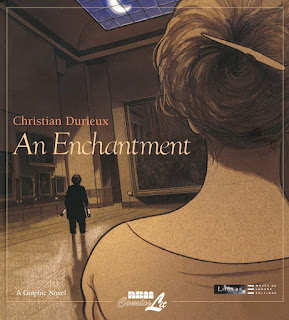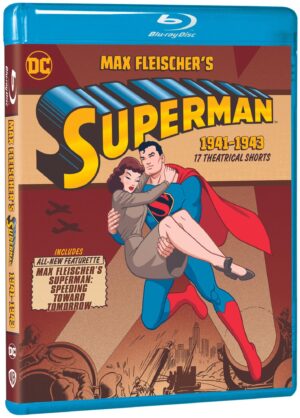Impossible People by Julia Wertz
It’s reductive and not quite true to say that this book is what Julia Wertz wanted Drinking at the Movies to be – but it’s a good enough place to start.
Drinking was her first full-length graphic novel after two collections of Fart Party stories; at the time, I thought it was more of a collage that it didn’t quite turn into a single narrative, but was definitely bigger and more ambitious that her previous work. It was also – I shudder to realize – published in 2010, almost fifteen years ago.
Impossible People , Wertz’s big new 2023 book, is her first memoir since Museum of Mistakes in 2018, which mostly collected older work. (In between was Tenements, Towers, and Trash , a book of New York cityscapes and related material.) It’s odd to realize that: I think of Wertz as such an immediate, confessional cartoonist, her work so direct and plain-spoken. But those stories were mostly about that late-Aughts period; she hadn’t made any books about her thirties yet.
That’s what Impossible People does. It picks up Wertz’s life from where we saw it, in those Fart Party and Museum of Mistakes strips, starting in 2009. (I was surprised to see her at the Pizza Island collective, and realize how long ago that was.) It doesn’t quite get up to the present day; this is the story of the back half of Wertz’s life in New York City, and so ends somewhere in the mid-Teens.
And, as the subtitle “A Completely Average Recovery Story” signposts, Impossible People is centrally about her alcoholism in a way she couldn’t quite wrestle down in Drinking. Again, not to be reductive, but that’s probably because she was still drinking when she made Drinking at the Movies. You can’t tell the story of your recovery until you start to recover.
Impossible People is a big book, full of spaces and people and thoughts and years of Wertz’s life. As with a lot of her work, it’s a lot more carefully constructed and smarter than her cartoony avatar tricks you into thinking. She has a great style for confessional memoir: this is real and raw, says that cartoon Wertz; see how simply I’m drawn, how directly I speak – you can trust I’m giving you the unfiltered truth.
No one makes a three-hundred page book of comics immediately, of course. But that tone, that stance gets inside the reader’s defenses quickly. It’s a relaxing style, one that looks looser and quicker than it actually is. (Pay attention to how detailed her backgrounds are, especially when she runs through all of the finds from her urban exploring – everything is placed just so, both in her actual life and in the comics panel.)
In the end, Impossible People is the story of Wertz’s relationships. At first, she had one overwhelming one: alcohol. I won’t tell the story of how she stopped drinking – that’s what Impossible People is for – but she did manage to stop, and then had to replace that with people. From that point, Impossible is mostly about her friendships – particularly fellow cartoonist Sarah Glidden and fellow recoveree Jennifer Phippen – but also her family, some attempts at dating, the wider circle of cartoonists, and just life in general.
It’s not a happy, uplifting book: that’s unlikely for a book about recovery to begin with, and Wertz isn’t going to turn sunny that quickly. (Or maybe ever: I hope to see the books grumpy old Julia Wertz does in her sixties; those will be a lot of fun.) But it’s a smart, thoughtful book – deeper than it appears, more sophisticated than the art would have you think, more insightful than you’d expect from someone known for something called The Fart Party.
Reposted from The Antick Musings of G.B.H. Hornswoggler, Gent.






















